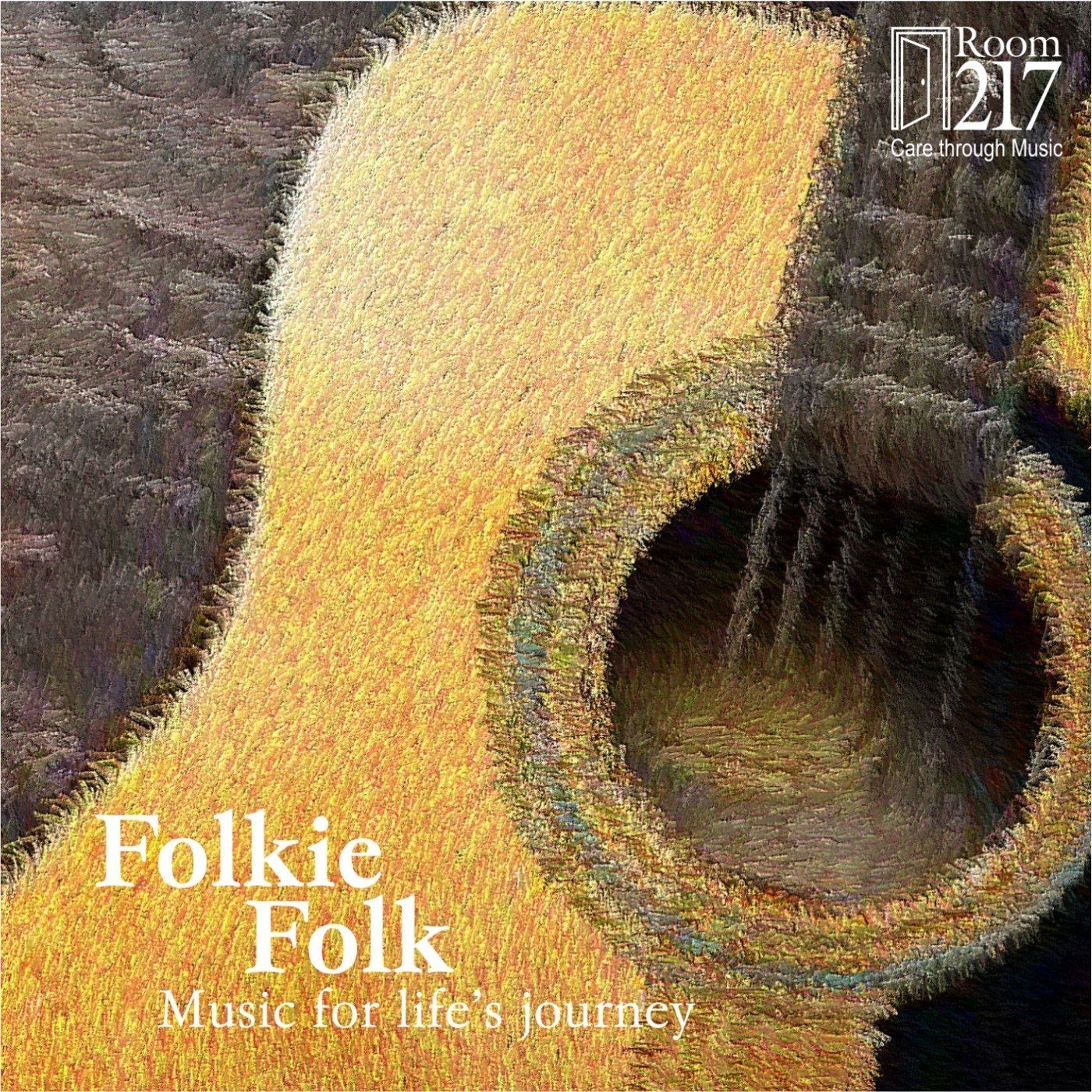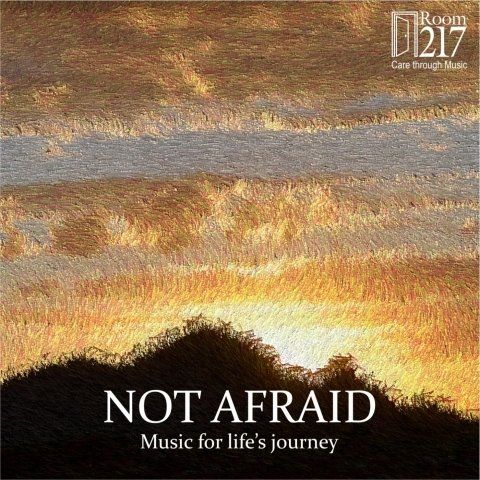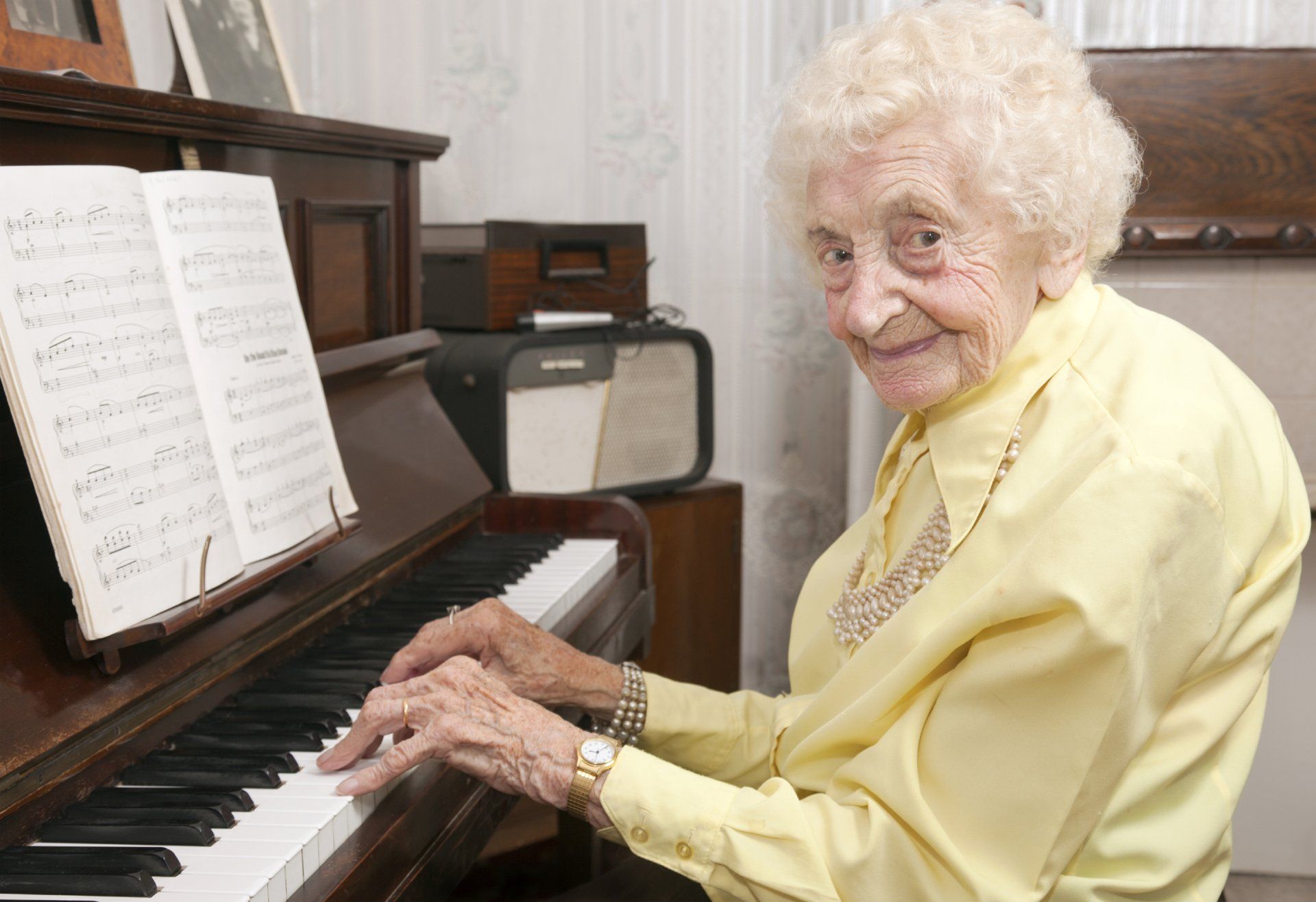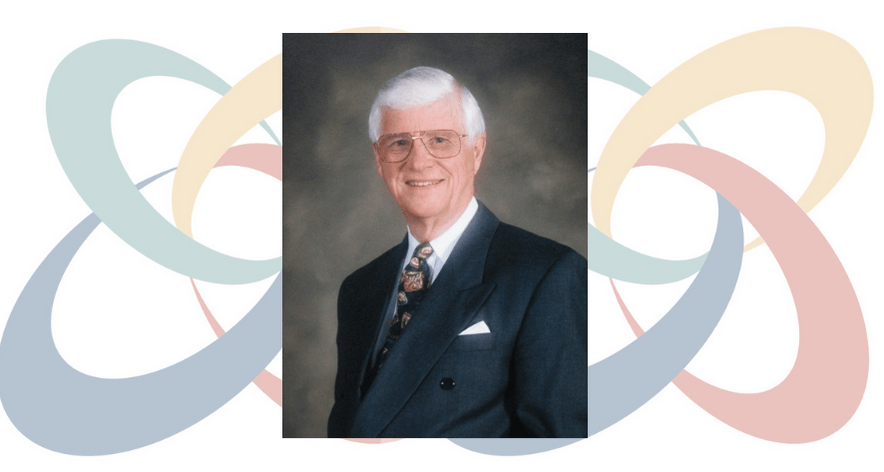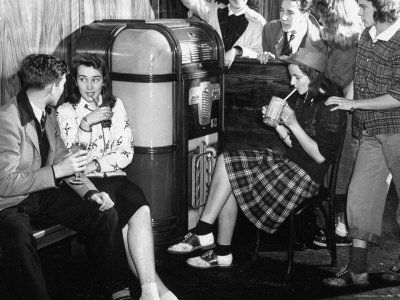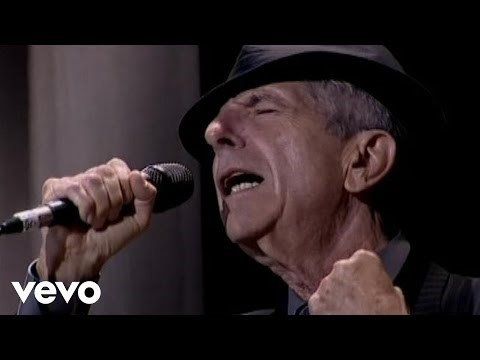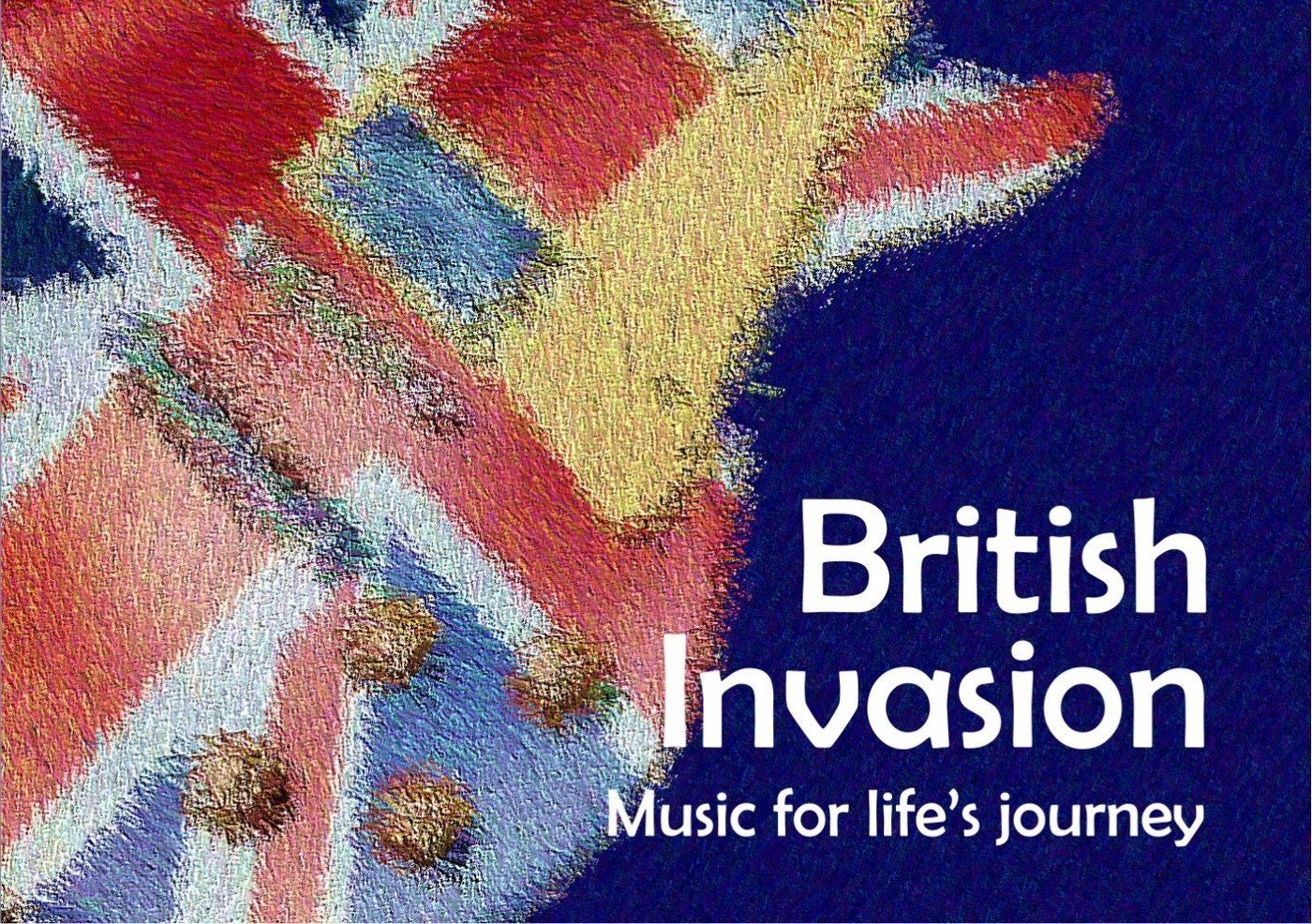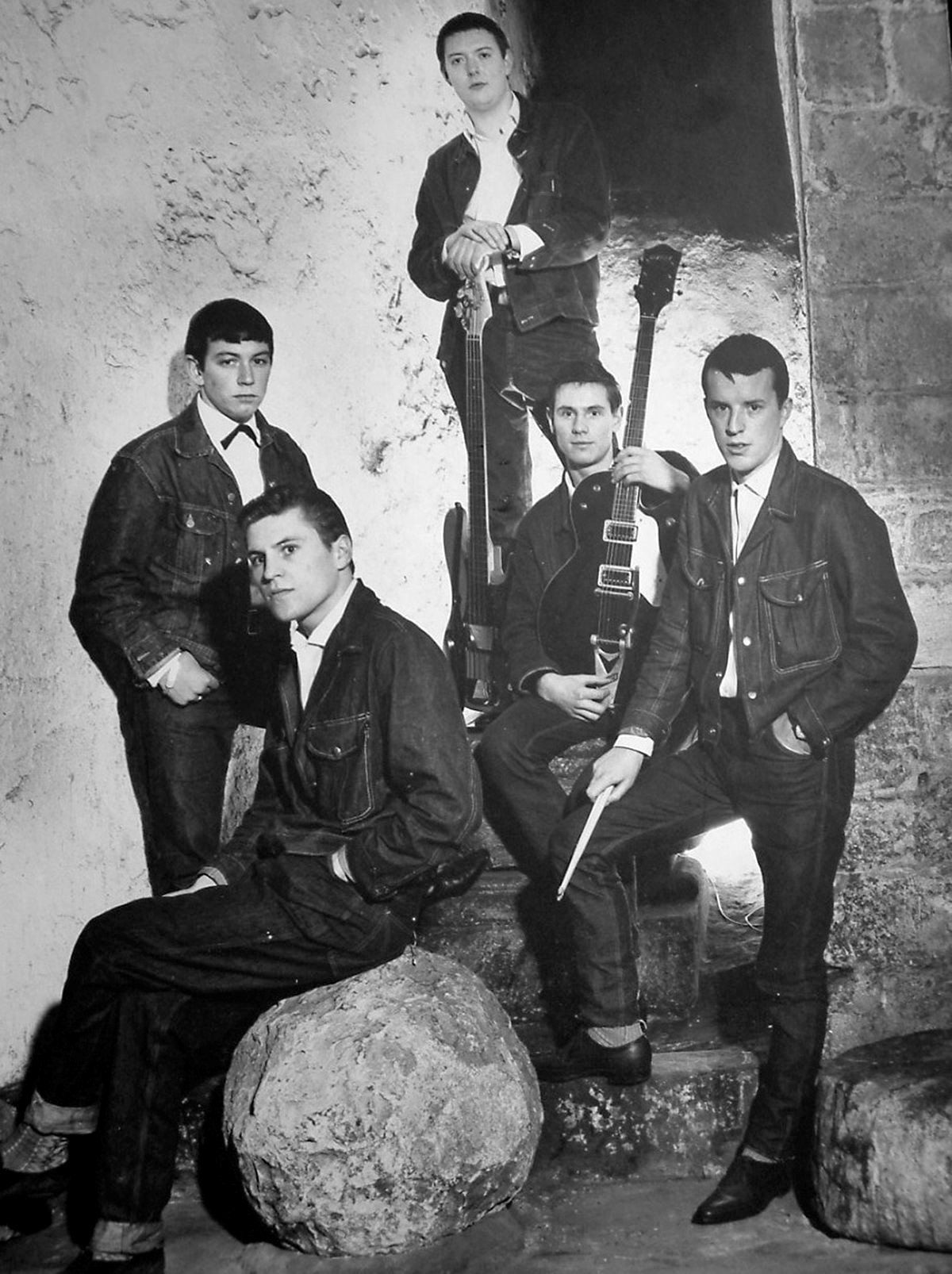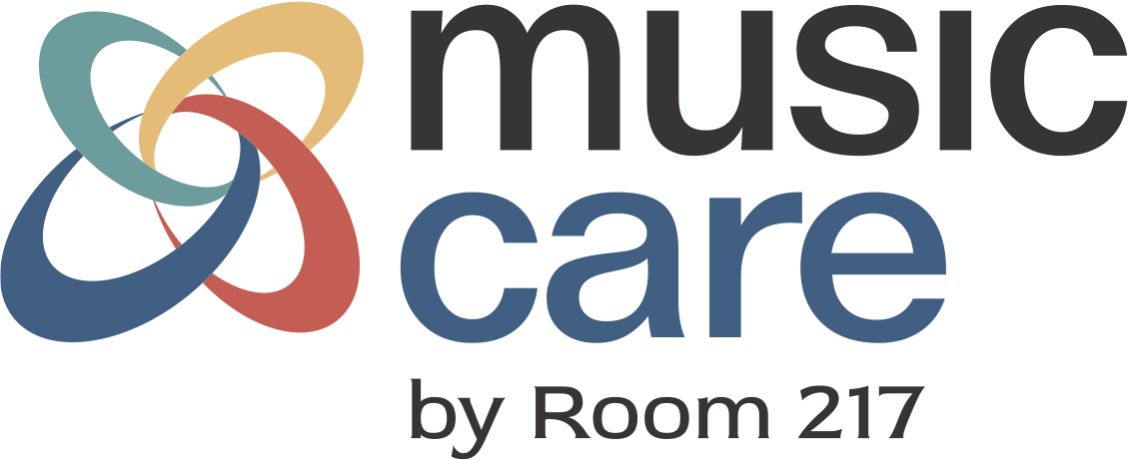The Faces of Room 217 - Dawn’s Story
There is no denying that music brings people together. Regardless of age, gender or race, music is a force that connects us all. At Room 217, music and a desire to help others is what has brought us all here. Each face of Room 217 comes from a different background, bringing their own unique stories and experiences to achieve one common goal: to help others with music, just like every person who is touched by and touches others through Room 217. In the coming weeks you will get to meet the faces of Room 217. Here’s Dawn’s story.
Meet Dawn Ellis-Mobbs. Dawn is the Education Manager at Room 217. Both a music educator and community musician, she brings her passion for integrated arts and multidisciplinary projects in care spaces to Room 217. I asked her some questions about her life before Room 217 and how these experiences shape her role at Room 217.
Kaitlyn: How has music impacted your life?
Dawn: That is an interesting question to ponder at this point in my life. How has music not impacted my life? In my early years I played piano and then switched to flute and joined multiple bands during my high school years. It was in these programs that I started to develop a social network of friends and colleagues, all connected by the love of playing together and creating music.
From there I went on to complete an Honors Bachelor of Music in Performance and as Artist Diploma from the Glenn Gould School. I also spent a year at the University of Montreal studying orchestral performance practices as a flutist.
Kaitlyn: What did you do before Room 217?
Dawn: I went on to discover the joy of classroom teaching and spent 15 years as a music and arts specialist with students from junior kindergarten to grade 12 in the York Region. I was also an Arts Administrator at the Canadian Music Centre, a Department Head of Arts for the York Catholic District School Board, and most recently the Director of Education and Community Engagement with the Toronto Symphony Orchestra.
For me, experiencing the impact of music in care spaces (and my philosophy to include school environments as care spaces) blossomed into becoming a program developer connecting the world of long-term care with the Toronto Symphony Orchestra and Toronto Symphony Youth Orchestra. During this time I was fortunate to witness the role of music on the lives of others from both a professional and communal perspective. Through community engagement work, I was able to create space in the sandbox to bring these worlds together. Sitting on care calls and watching people connect through the joy of music is something I will never forget. As one resident said, “these calls and the program are the icing on the cake, it’s part of a beautiful day.”
I also continue to work as a community and freelance musician performing with organizations such as Orchestra Toronto and the Marquee Theatre in the York Region.
Kaitlyn: What led you to join Room 217?
Dawn: After teaching in the classroom, I still engaged with the stories of my community and how my students could engage with community members through music and the arts. I developed this model of community arts project while in my Master’s at Wilfrid Laurier University in the Community Music Program. This is also where I first met Bev Foster. I instantly fell in love with the work of Room 217 and Bev’s story. I even began bringing my students to the Music Care Conference.
I had not discovered another place that brought people together in the music and health sectors quite like this. I have always been inspired by the way that Room 217 allows individuals to share space with each other in the music care approach – the intentional use of music for better care outcomes. The impact of the work of Room 217 and the role of music in my life transitioned during this time, to bring into focus the role of music in the community from a process point of view – how music accompanies us on life’s journey.
I decided to come work with Room 217 as the Education Manager after formally leaving classroom education with the York Region. I would say that my decision to come to Room 217 is directly related to the impact of music on my life. I feel like I can now work in a place where music feels like home, and where the work is fulfilling. Music makes life better, and the journey to better understanding this has led me to Room 217.
Kaitlyn: Is there anything else you want others to know about you?
I am a mom to two beautiful children, Julia and Aidan, and I believe in social justice work through the arts. Throughout my high school years, music gave me a sense of belonging to something. It provided a framework for meaning and social connection. To this day, I am still in touch with many friends that I went to high school with. It was during this time that I began playing at retirement homes, community events and other spaces, and started to learn how music impacts others. It was through these community opportunities that I began to develop a sense that music can reach others, that music allows us to connect with others, and that music can have a very unique impact on others when considering one’s life journey or wellness.
What touches me about Dawn’s story is how her love for music and her community drives her to create new ways for meaningful interaction - human connection is at the heart of it all.


